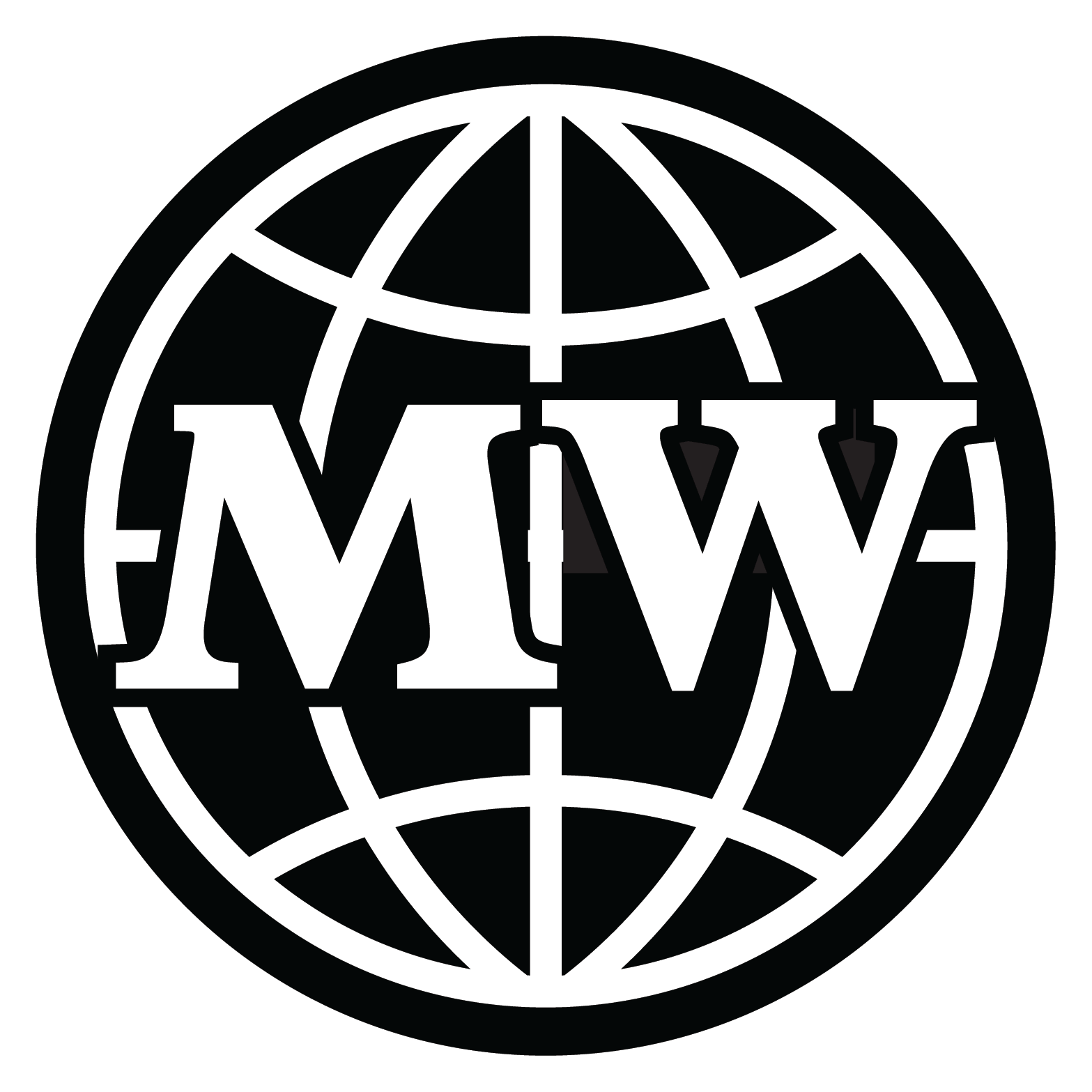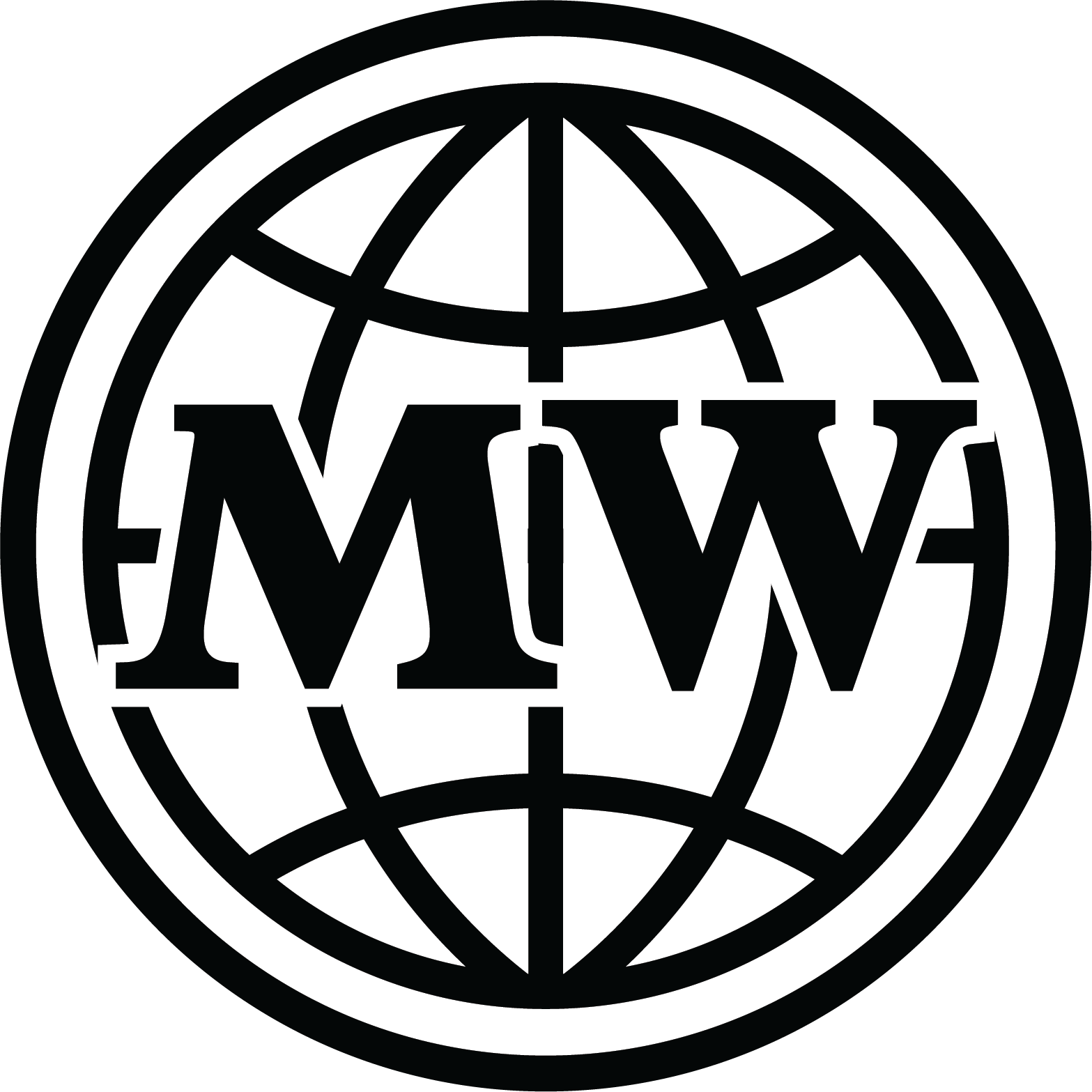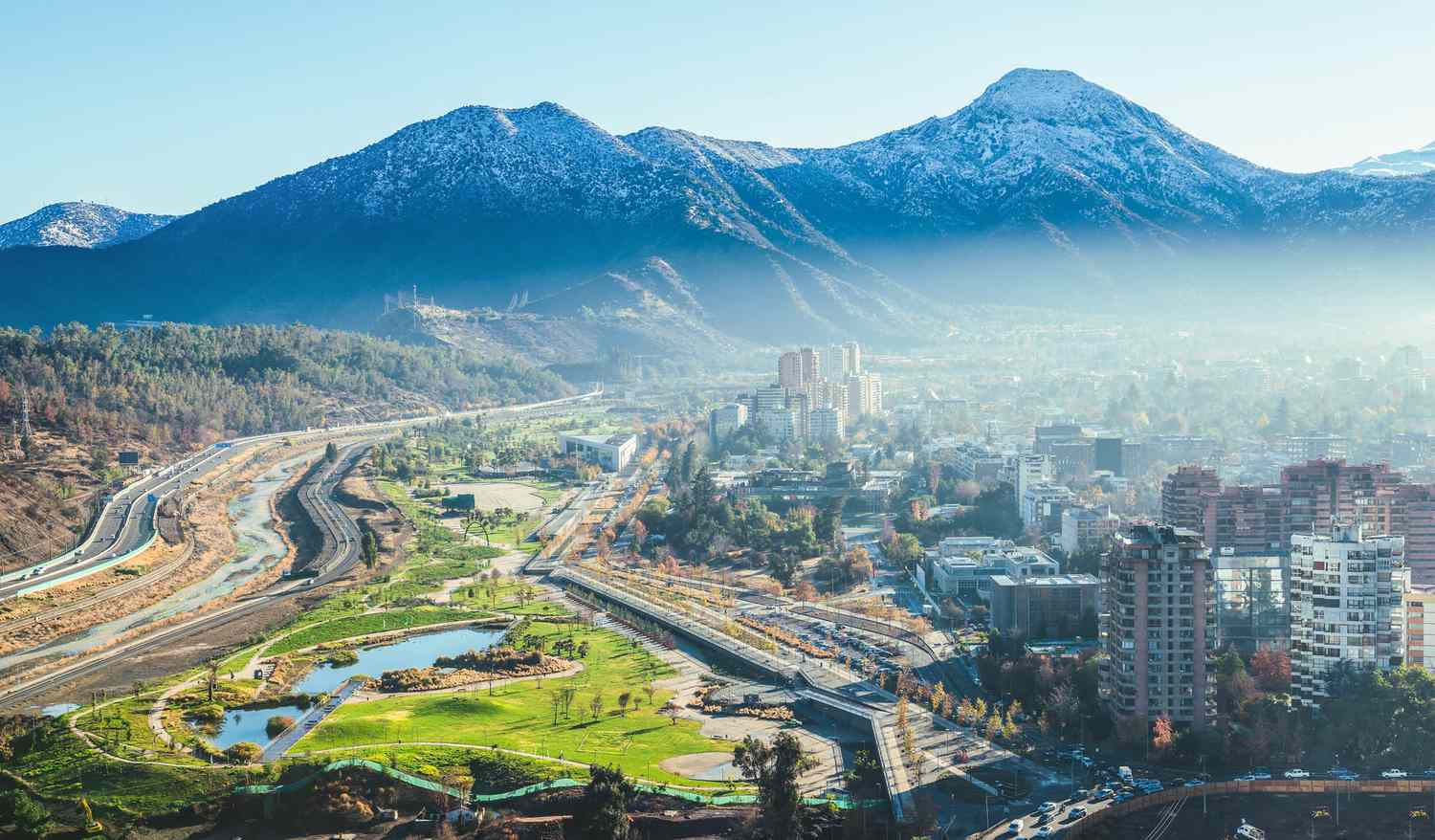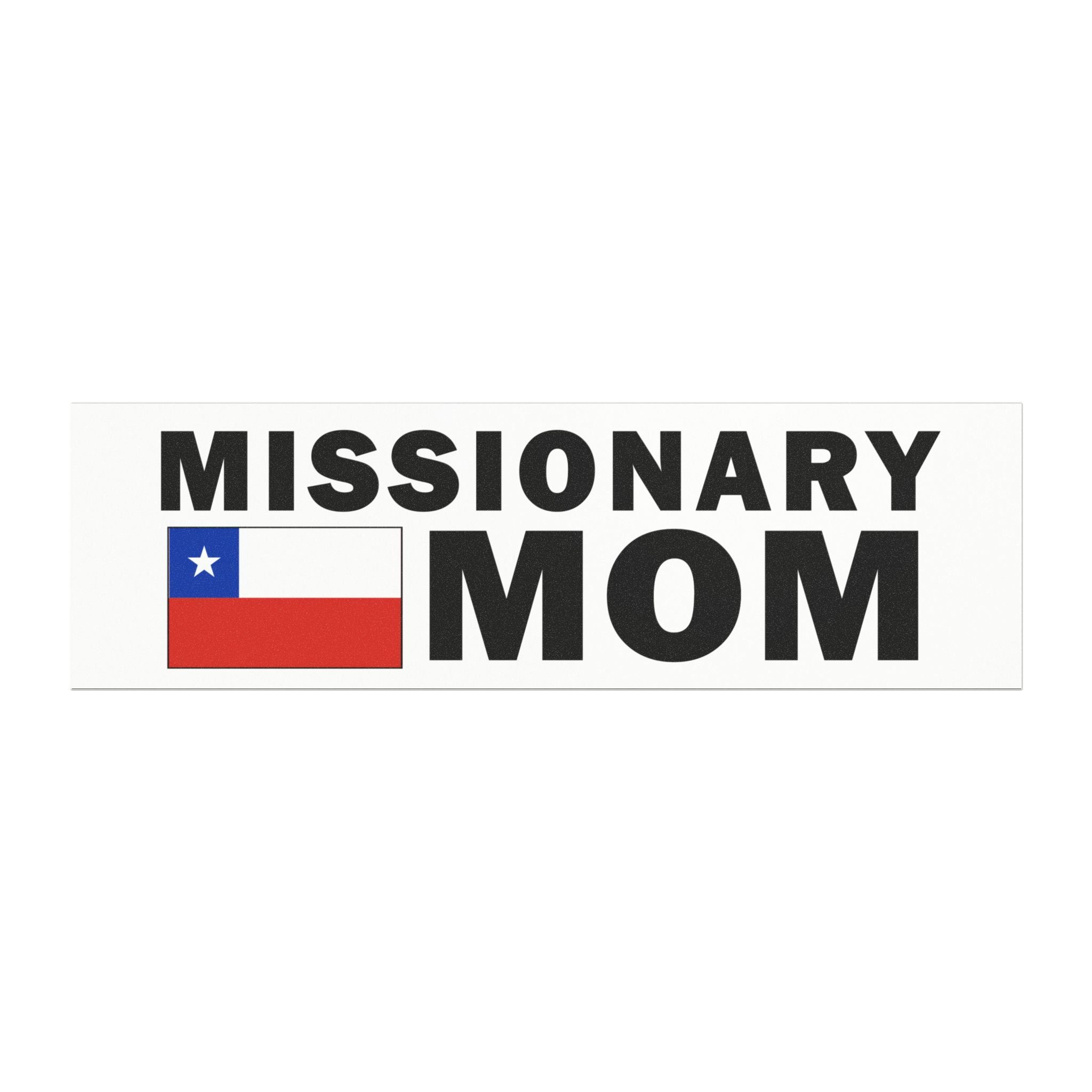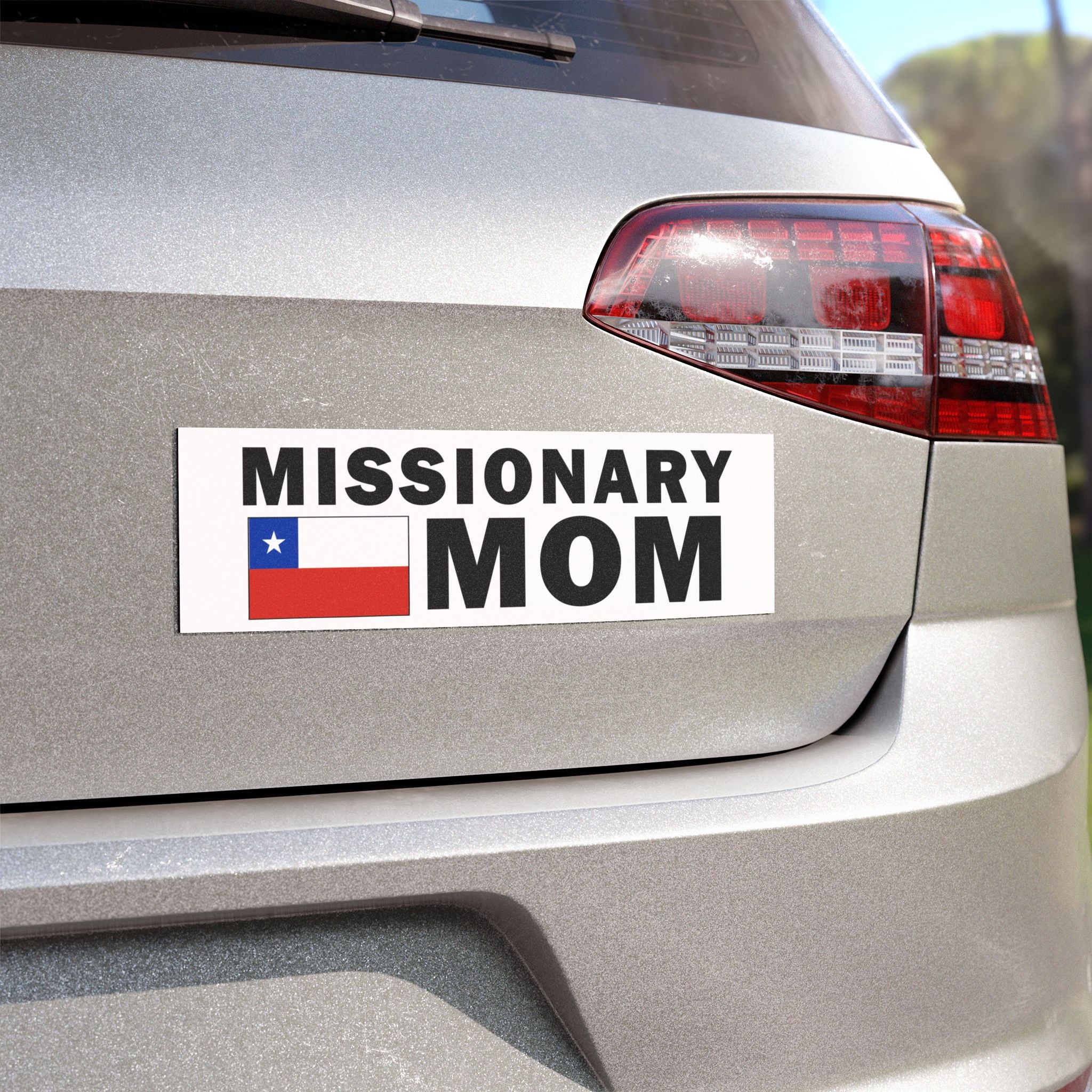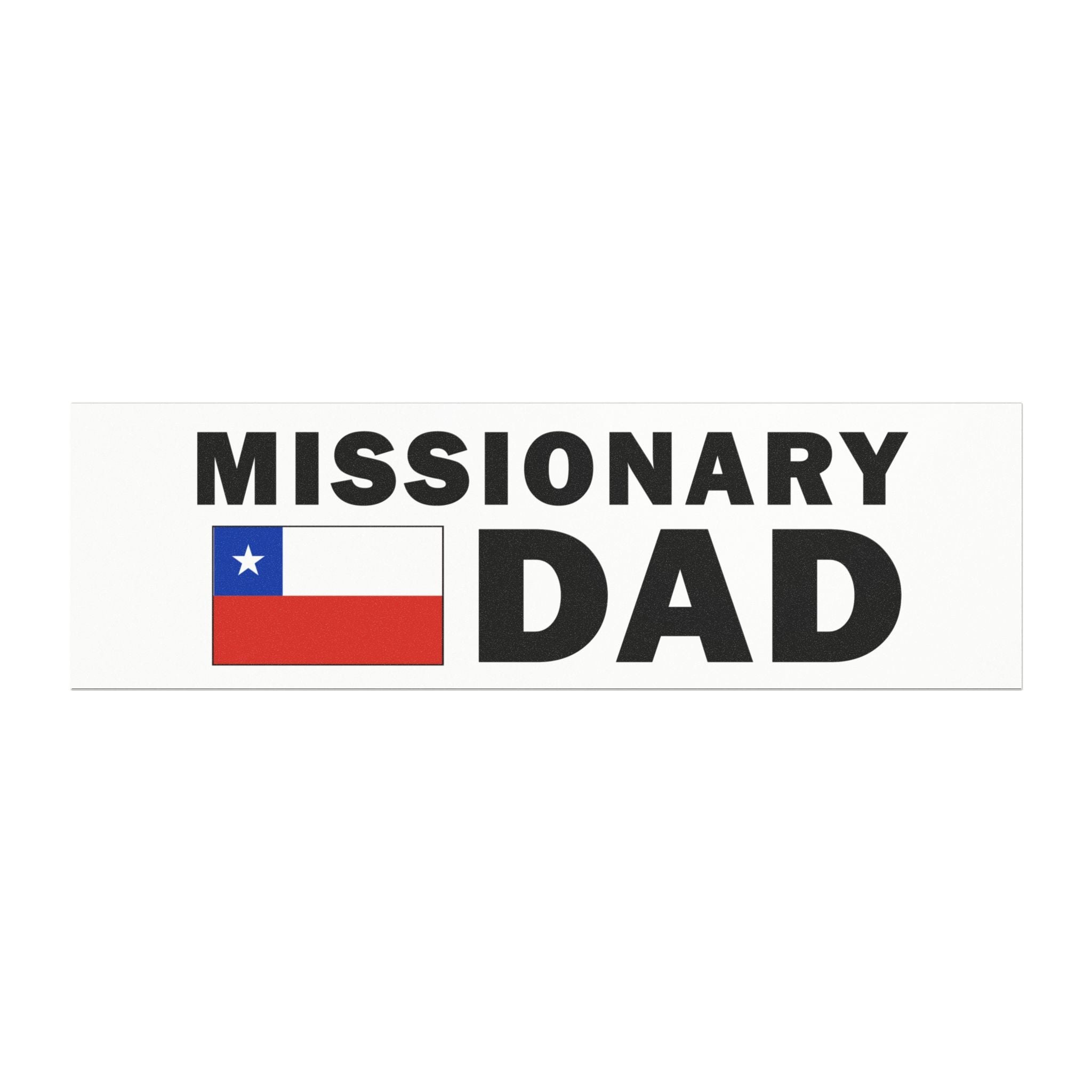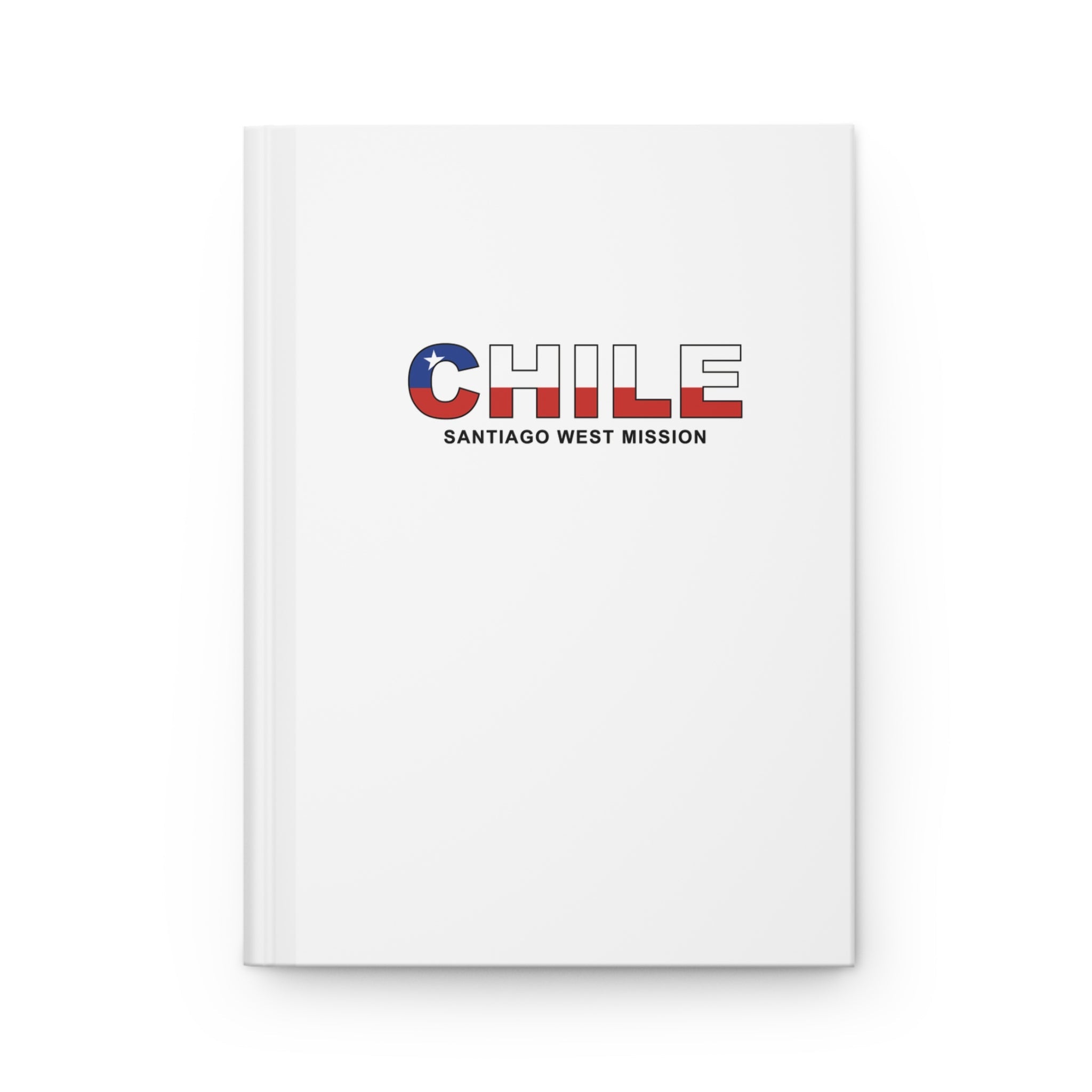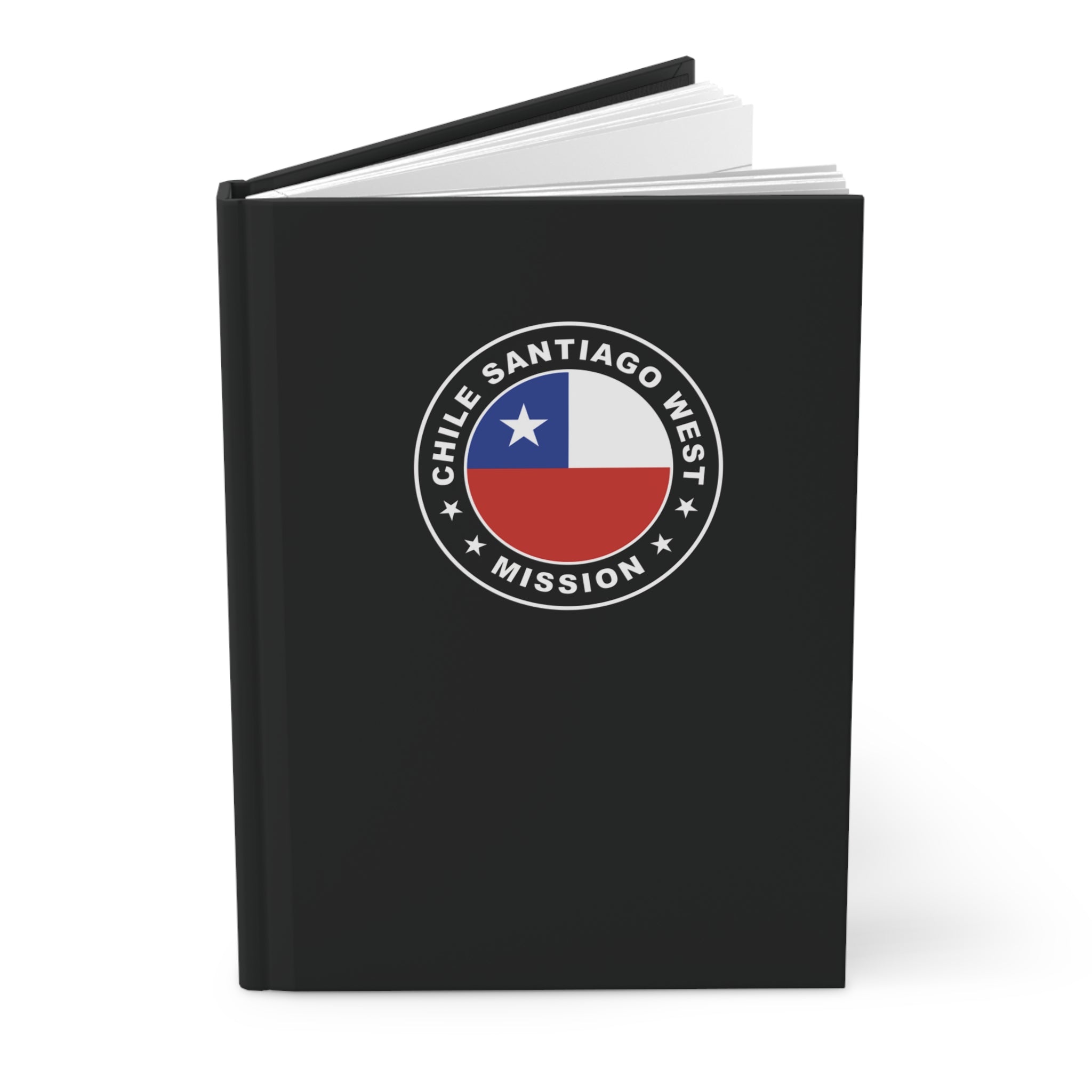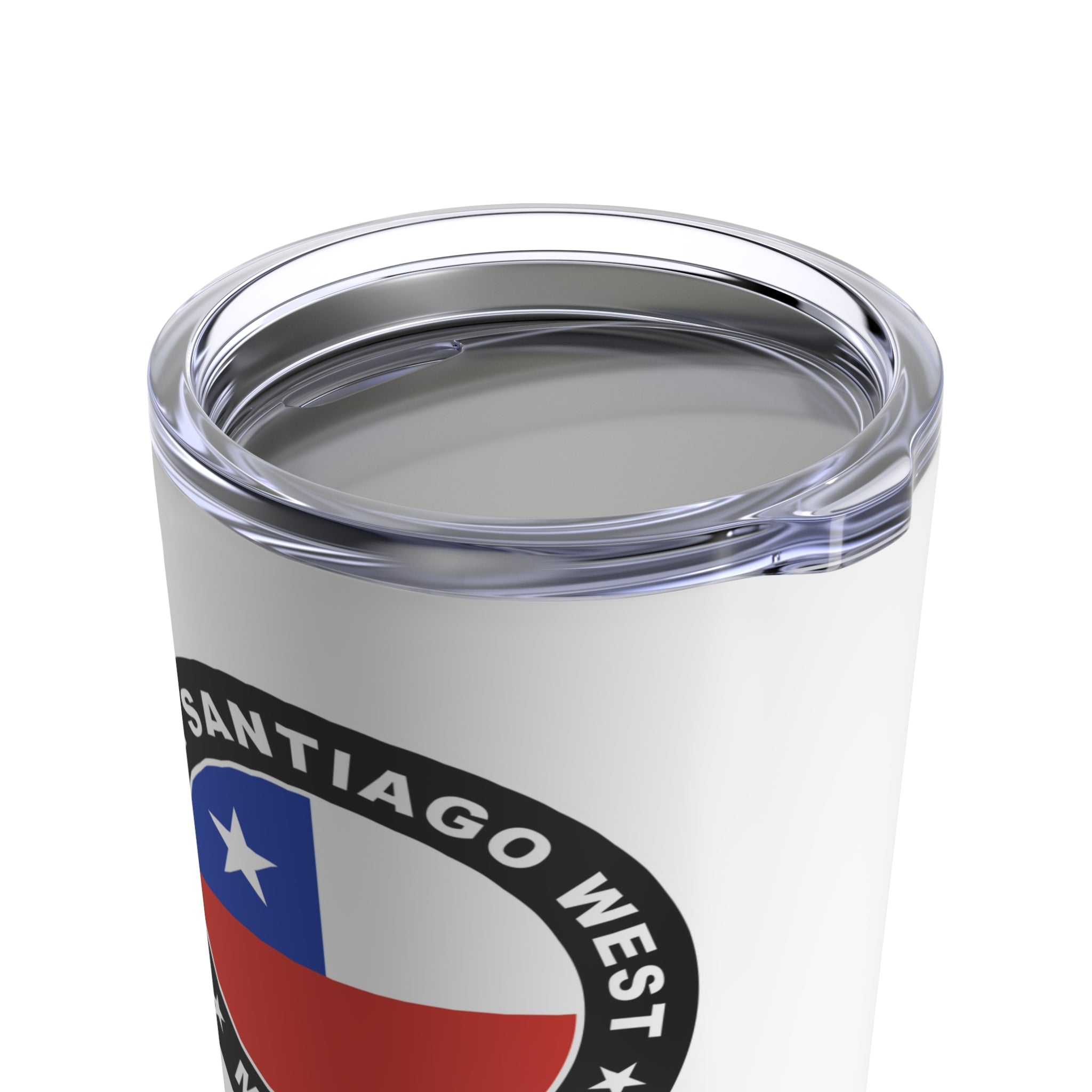Elder Parley P. Pratt of the Quorum of the Twelve Apostles served a mission in Chile in 1851–52, but it was another century before the Church was permanently established in the country. In 1952 Billie F. Fotheringham and his family moved to Chile, secured government permission for missionaries to enter the country, and petitioned the Church to establish a mission. Missionaries arrived, and the Santiago Branch was organized in 1956.
The Church grew quickly in Chile. In 1983 the first temple in Spanish-speaking South America was dedicated in Santiago. By 1984 there were stakes spread across the country, from Arica in the north to Punta Arenas in the south, and by 1999 there were more than half a million members of record in the country.
With rapid growth came significant challenges. Chilean Saints responded by pioneering efforts to build a more solid foundation for the kingdom of God in rapidly developing areas throughout the world. In 2001 Chilean Saints were among the first to participate in the Perpetual Education Fund. From 2002 to 2004, Elder Jeffrey R. Holland of the Quorum of the Twelve Apostles served as Chile’s Area President, training leaders and gathering insights that would benefit the Church elsewhere.
Church members in Chile have offered assistance to those in need. Since the 1960 earthquakes in Concepción and Valdivia, Chilean Saints have played a role in disaster relief efforts. In 2004 the Church was also recognized by the Chilean government for its efforts fighting poverty.
